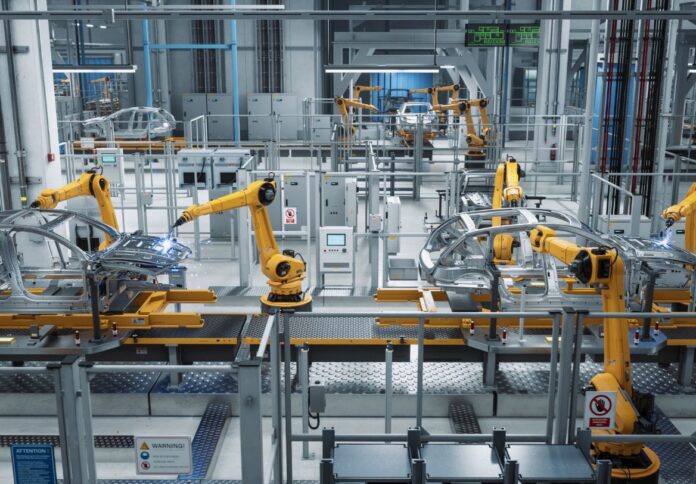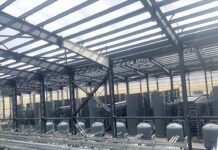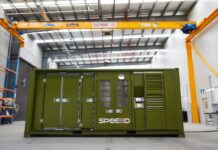
A recent report by Savills Australia has spotlighted $33.3 billion investment influx into warehousing over the past five years, signifying a robust growth trajectory in the sector.
The report, titled “Is Manufacturing Making a Comeback?”, explored the adoption of renewable energy, advanced manufacturing, and electric vehicle (EV) technologies, which are not only driving demand for industrial space nationwide but also fostering a fertile ground for manufacturing investments, with significant downstream benefits.
Savills highlighted a tangible uptick in commercial activity across Australia, paralleled by a surge in the valuation of private sector factories and secondary industry jobs, amassing approximately AUD 8.2 billion since 2019.
Furthermore, a substantial AUD 33.3 billion has been channelled into warehouse properties during the same period, signalling prospects for transport, storage, and logistics space.
With the Government’s ambitious commitment to curtail carbon emissions by 2030 and achieve net-zero by 2050, the rapid electrification of various sectors becomes paramount. This shift necessitates a myriad of equipment and technologies, notably renewables, EV batteries, and Energy Storage Systems (ESS), presenting both challenges and opportunities for the industrial property sector, which serves as the linchpin for facilitating this transition.
Katy Dean, head of Research at Savills Australia, affirmed, “While industrial demand has historically been driven by warehousing and logistics, manufacturing is poised to see a greater focus going forward. With a strong policy framework and increasing investor interest, this rebound is poised to reshape Australia’s industrial property market for years to come.”
Despite facing headwinds such as escalating interest rates and construction costs, the report noted that the industrial sector has showcased resilience compared to global counterparts.
While industrial investments witnessed a 39 per cent decline globally in 2023, Australia’s industrial sector demonstrated a lesser setback, with investment volumes ($10M+) down by 35 per cent but still substantially higher (56 per cent) compared to the pre-pandemic five-year average.
Savills anticipates a further surge in demand propelled by rising domestic manufacturing capability, which is poised to drive down vacancy rates and propel rents upwards.
Factors such as population growth, supply chain security, and the push for onshore manufacturing contribute significantly to this trend.
Michael Wall, National Head of Industrial & Logistics at Savills Australia, noted, “Following an unprecedented growth period, marked by soaring face rents and dwindling vacancy rates, there has been a notable surge in investor interest in industrial opportunities.”
Furthermore, the report underscores the role of government policies in catalysing the manufacturing rebound, with states like Victoria, South Australia, and Queensland spearheading initiatives to bolster their manufacturing capabilities.
Notable projects, such as the sale of the former CSL manufacturing site by the Victorian Government to Zoetis for $350 million, underscore the transformative potential of such initiatives.




















